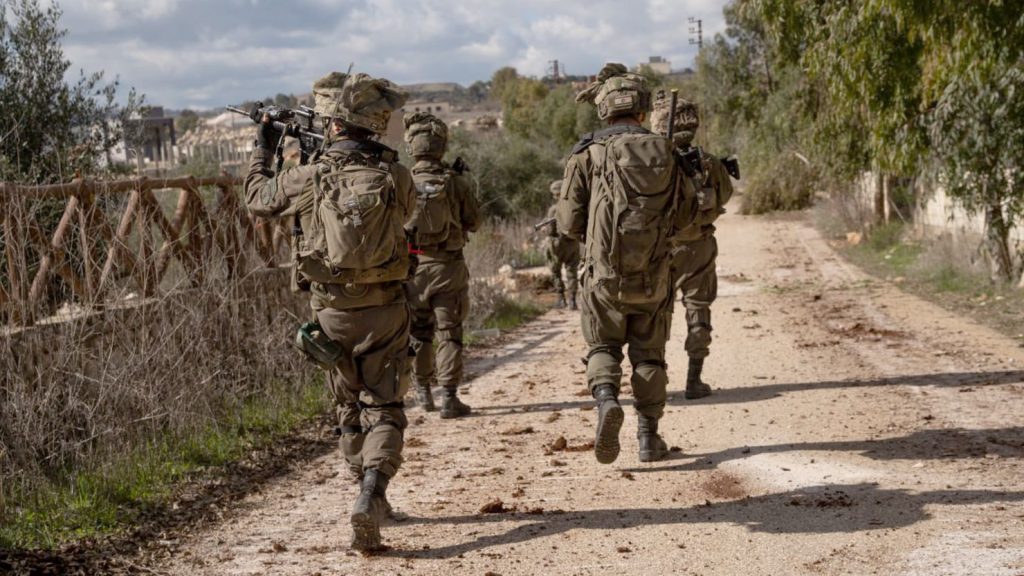On February 18, 2025, Israel took a step by partially withdrawing its forces from southern Lebanon, marking the expiration of a 60-day ceasefire deadline. This shift in the region brings a new phase to the ongoing tensions between Israel and Lebanon.
Here’s everything you need to know about the details of Israel’s withdrawal, the broader implications for the region, and what lies ahead for Lebanon.
Israel’s Partial Withdrawal: Where and Why?
Israel began withdrawing from several villages along the border, including Mais Al-Jabal and Blida, in line with the 60-day ceasefire agreement. However, Israel remains stationed at five key strategic points. The Israeli military has stated that it must hold these areas to protect its citizens and ensure its security.
This decision to maintain a presence in specific locations has drawn criticism, as it contradicts the terms of the ceasefire agreement, which outlined a full withdrawal by the February 18 deadline.
The partial pullback complicates efforts toward a lasting peace, as it maintains Israel’s influence over the region while also highlighting the challenges in balancing military strategy with international diplomatic expectations.
The Ceasefire Agreement and the 60-Day Deadline
The ceasefire agreement, brokered by the United States and France, set a clear timeline of 60 days for Israel to withdraw, while Hezbollah was expected to move north of the Litani River. Israel agreed to pull out, with the Lebanese army and UN peacekeepers deploying in the vacated areas.
While the deadline was extended by a few days to February 18, this agreement represented a significant attempt to stabilize the border. The ceasefire also requires Hezbollah to dismantle its remaining military infrastructure, which remains a delicate issue for both sides.
The Impact on Local Communities and Reconstruction
The effects of the conflict have been devastating for local communities. Thousands of people have been displaced, and entire villages have been destroyed. Despite these challenges, many residents are eager to return home.
Displaced individuals, like Fatima Shukeir from Mais Al-Jabal, hold onto hopes of returning to their villages, though they are aware of the long road ahead. Rebuilding efforts are complicated by the presence of explosives and the extensive damage to roads, leaving many families in limbo.
What’s Next for South Lebanon and Israel’s Position?
The situation remains fluid, with questions about Israel’s future moves in the region. Will Israel eventually complete its withdrawal, or will it continue to occupy these key strategic locations?
Plus, Hezbollah’s ongoing presence in the south further complicates matters, as Lebanon’s government demands disarmament.
Despite the ceasefire, tensions could flare again, making it essential for diplomatic efforts to ensure long-term stability. The coming months will reveal whether this partial withdrawal marks a lasting shift or if renewed conflict is inevitable.
A Shifting Landscape
Israel’s partial withdrawal from southern Lebanon signals a crucial shift in the region, but questions about the future stability of the border remain. Will Israel’s presence in strategic points become permanent, or will peace ultimately prevail?
WE ALSO SAID: Don’t Miss…Israel Bombs 20 Sites in Lebanon Ahead of Ceasefire Talks: Horrific Scenes Unfold



